Serbia
Photos
17 Photos
Per Page:
Filter Categories
All
Filters
A view of Belgrade and the Sava River. Belgrade is the only European capital that lies at the confluence two huge rivers – the Sava and Danube.

A view of Belgrade at night showing the Danube River. Belgrade is the only European capital that lies at the confluence of two huge rivers – the Sava and Danube.
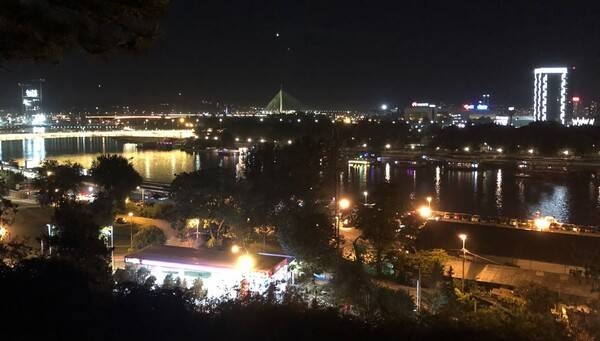
Belgrade, located at the confluence of the Danube and Sava Rivers, is the capital of the Republic of Serbia. The core of old Belgrade - known as Kalemegdan - is located along the right banks of both the Danube and the Sava Rivers (image center). To the west across the Sava, Novi Beograd (New Belgrade) was constructed following World War II. The difference in urban patterns between the older parts of Belgrade and Novi Beograd is striking in this astronaut photograph from the International Space Station. Novi Beograd has an open grid structure formed by large developments and buildings such as the Palace of Serbia - a large federal building constructed during the Yugoslav period, now used to house elements of the Serbian Government. By contrast, the older urban fabric of Belgrade is characterized by a denser street grid and numerous smaller structures.
Other suburban and residential development (characterized by red rooftops) extends to the south, east, and across the Danube to the north. The location of Belgrade along trade and travel routes between the East and West contributed to both its historical success as a center of trade and its fate as a battleground. Today, the city is the financial center of Serbia, while Novi Beograd supports one of the largest business districts in southeastern Europe. Image courtesy of NASA.
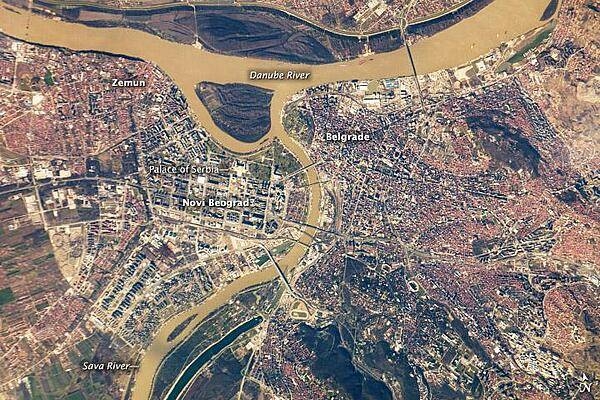
The Church of Saint Sava in Belgrade. Sava was the founder of the Serbian Orthodox Church. Construction on the structure, one of the largest Orthodox churches in the world, began in 1935 but was interrupted many times because of various conflicts.
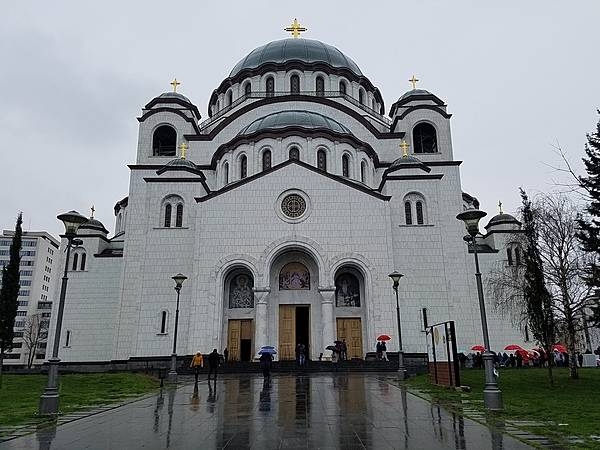
Interior dome of the Church of Saint Sava in Belgrade.
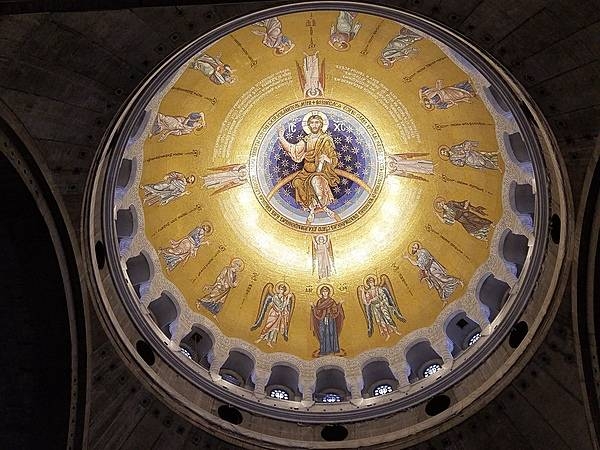
Icon depicting Christ and saints in the Church of Saint Sava in Belgrade.
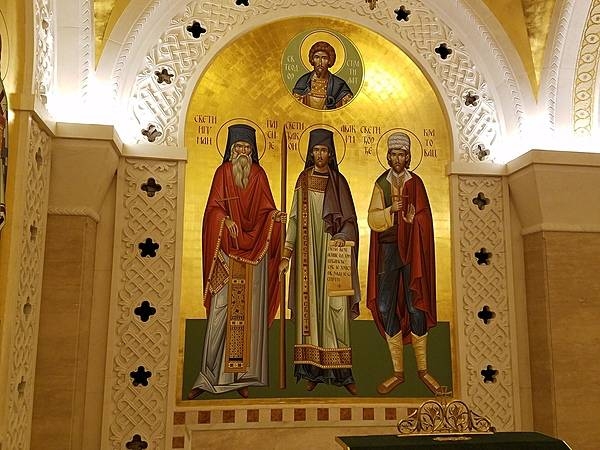
Orientation map at the Kalemegdan Fortress in Belgrade. Destroyed many times over the centuries, the current fortress dates from the 18th century.
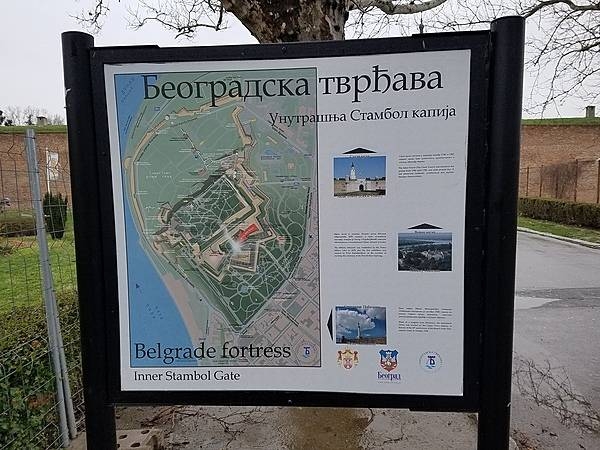
The Inner Stambol Gate is the main entrance to the Belgrade's Kalemegdan Fortress.

Along the walls of the Kalemegdan Fortress in Belgrade with a display of historic artillery.
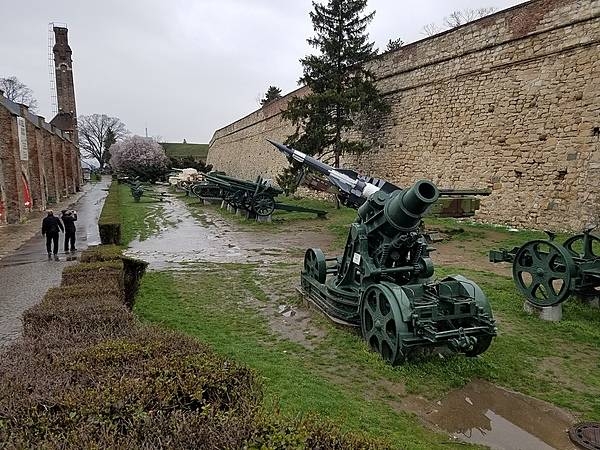
Along the walls of the Kalemegdan Fortress in Belgrade: shown are historic artillery pieces and models of armored vehicles.
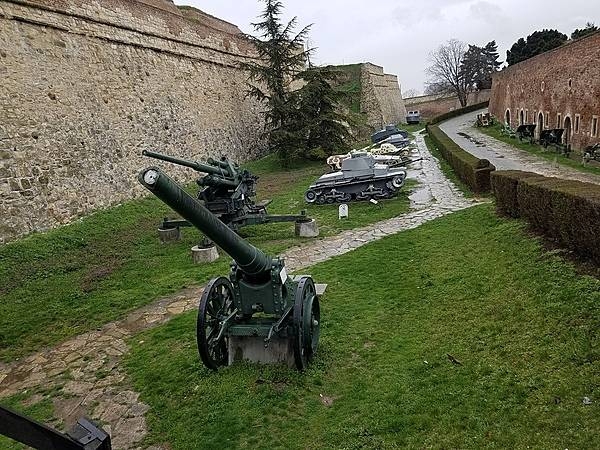
Confluence of the Sava and Danube Rivers as seen from the Kalemegdan Fortress in Belgrade.
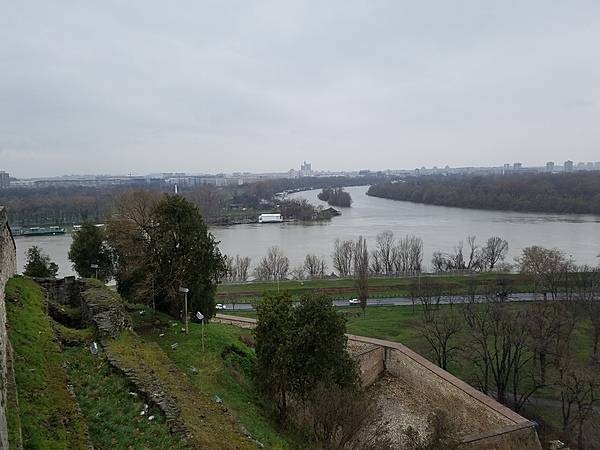
A Serbian farmhouse in the countryside under a double rainbow.
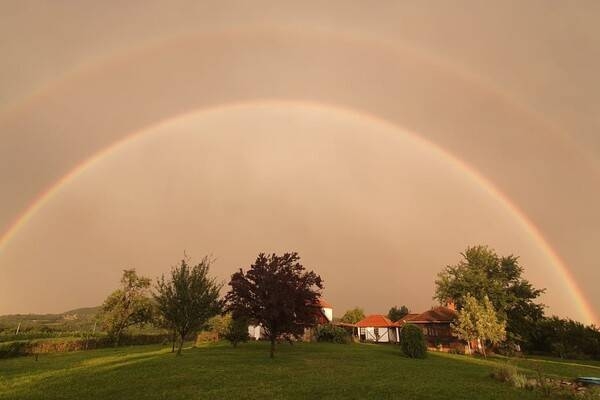
Page 01 of 02